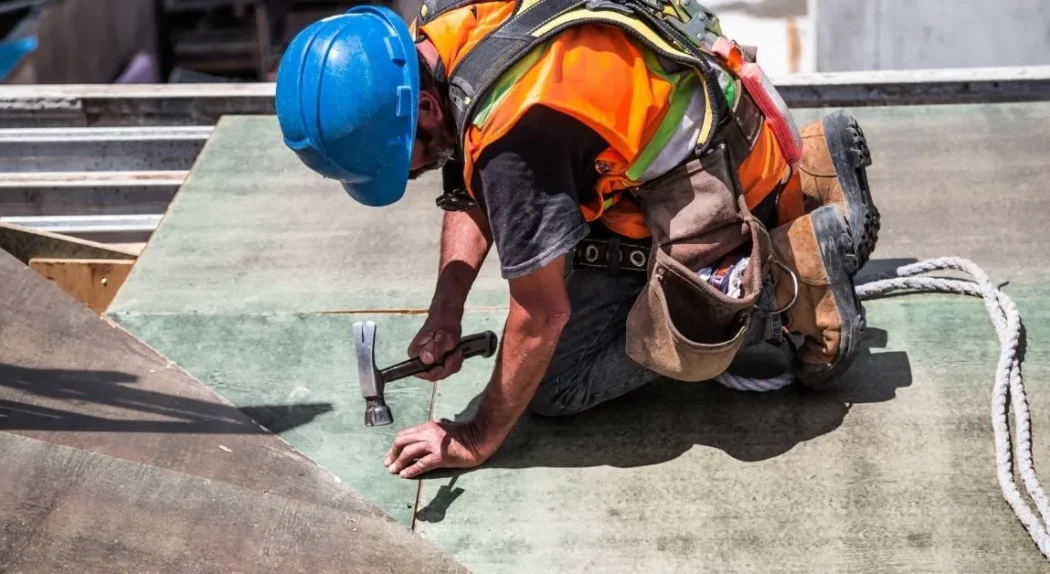Blog
Most Common OSHA Violations

Enforcing Safety in the Workplace
In 1970, Congress authorized the creation of the Occupational Health and Safety Administration (OSHA). This agency is tasked with ensuring safe and healthy work conditions for all types of employees and enforces workplace safety standards. Although there are safety protocols in place to keep workers protected, OSHA violations still happen on the job every day. Here’s what every worker needs to know.
The Top Ten OSHA Safety Violations
Every year, around the end of April, OSHA publishes the ten most-cited safety violations from the previous year’s safety reports. Here’s the most current list of violations from 2020.
- Fall protection, construction: OSHA requires that employers provide systems to prevent falls from an elevation of four feet or higher. The protection requirements include a toe board and guard rail.
- Hazard communication standard, general industry: All chemicals must be labeled, and material safety data sheets (MSDS) must be accessible on-site at all times to all employees.
- Respiratory protection, general industry: OSHA requires employers to provide workers with the proper type of respirator for the work conditions and exposures, such as a particulate respirator or an N95 respirator.
- Scaffolding, general requirements, construction: OSHA has standards for scaffolding at different heights and different types of projects and buildings.
- Ladders, construction: Employers must set up the workplace to prevent falls from portable and fixed ladders. Solutions include guard rails, toe boards, and harness and safety lines.
- Control of hazardous energy (lockout/tagout), general industry: OSHA’s standards require that employers set up clear lockout and tagout procedures for employees who work around different types of hazardous energy, such as high voltage lines.
- Powered industrial trucks, general industry: Employers must provide proper training to employees who operate powered industrial trucks. Employees must be given correct personal protective equipment, and trucks must be outfitted with audible alarms that engage when the truck goes in reverse.
- Fall protection, training requirements: Employers must train employees on preventing falls and safely work on elevated platforms, ladders, and scaffolding.
- Eye and face protection: Proper eye and face protection must be provided to reduce the risk of blindness and injuries to the mouth and nose. This must be done for employees who work around chemical, environmental, radiological, or mechanical hazards or irritants. Accepted solutions include protective eyewear, face shields, and hard hats.
- Machinery and machine guarding, general requirements: OSHA requires that employers provide protection against crushing, amputations, burns, and blindness caused by machines in work environments. Employees must be educated about the hazards of these machines and techniques for safe approach and operation.
If You Were Injured on the Job, Contact Bandas Law Firm, P.C. for Help.
Our personal injury lawyers offer consultations if you’ve been injured on the job due to substandard health and safety conditions at your workplace.
Contact Bandas Law Firm, P.C. today at (361) 238-2789 for more information or to schedule a consultation with us.
contact us
Request A Free Consultation
Fields marked with an * are required
